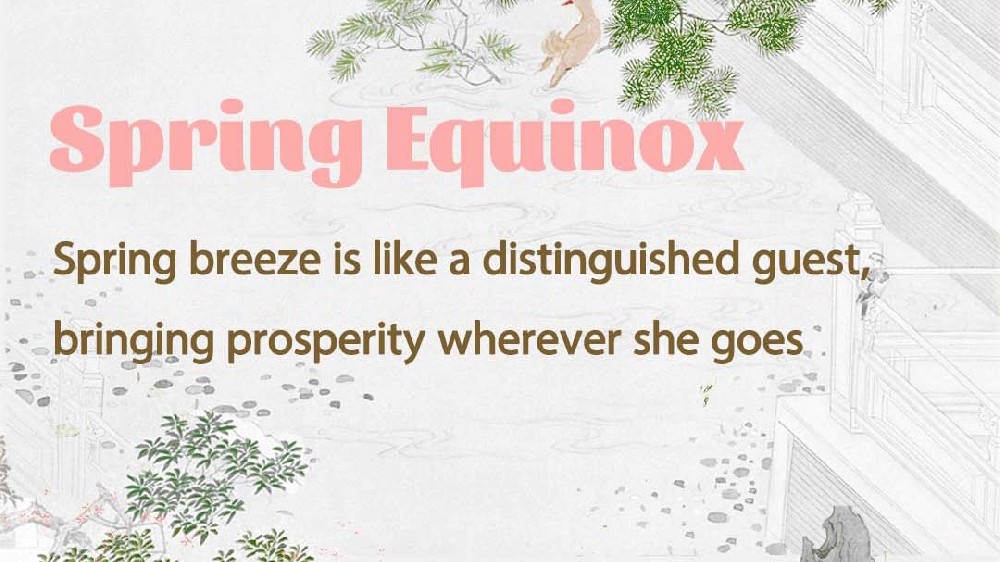Guilin: Where Karst Peaks Meet Global Reach
In the 9th century, Tang Dynasty poet Han Yu gazed upon the Li River and penned: “The river winds like a blue silk ribbon; the peaks pierce the sky like jade hairpins.” (江作青罗带,山如碧玉簪。)Little did he know that his words would crystallize into a 1,200-year-old marketing slogan for Guilin, a city where nature’s artistry and human ingenuity converge. Today, this UNESCO World Heritage Site is not just a postcard-perfect destination but a case study in how ancient landscapes can become modern global ambassadors.

I. The Li River: A Scroll Unfurled
Geography as Destiny
The Li River, an 83-kilometer stretch of the Pearl River system, is the lifeblood of Guilin’s identity. Born from the越城岭 (Yuecheng Ridge) at 1,732 meters, its waters have sculpted one of Earth’s most spectacular karst topographies—a labyrinth of limestone pillars rising like petrified giants from emerald waters. Since the Southern Song Dynasty (1127–1279), when the phrase “Guilin’s scenery reigns supreme under heaven”(桂林山水甲天下) first entered imperial records, this aquatic gallery has hosted emperors, painters, and, more recently, 6.3 million annual visitors (Guilin Municipal Bureau of Culture and Tourism, 2023).
The Art of Drifting
To navigate the Li is to time-travel. Modern luxury cruisers (179 vessels, 97 bearing national “Civilized Route” honors) glide past fishing villages where cormorant fishermen still practice a 1,000-year-old tradition. At dawn, mists cling to peaks like Xu Xiake, the Ming Dynasty explorer, described in 1637: “No brush, however skilled, could capture this.” The river’s pièce de résistance remains the 23-kilometer “Essence Section” between Mopanshan Pier (a $2.8 million engineering marvel) and Yangshuo—a journey Marco Polo might recognize, save for the Instagrammers crowding the decks.
II. Elephant Trunk Hill: Geology as Mythology
Elephant Trunk Hill (Xiangbishan) reigns supreme in a city of surreal shapes. This 55-meter limestone edifice, resembling a celestial elephant sipping from the Li River, is Guilin’s answer to Rio’s Christ the Redeemer—except nature, not humans, did the sculpting. Formed during the Devonian period (419–359 million years ago), its “trunk” creates the Moon-in-water Cave, where poet Song Lian (14th century) found inspiration: “The moon floats on water; the water cradles the moon.” (水底有明月,水上明月浮。水流月不去,月去水还流)
Once a Buddhist sanctum housing the 7th-century Kaiyuan Temple, the hill became a public park in 1982. Today, retirees practice tai chi where monks chanted sutras, while the adjacent 1,300-year-old Sun and Moon Pagodas—illuminated by 1,800 LED lights—bridge Tang Dynasty aesthetics with 21st-century tech. The site’s genius loci persists: in 2022, it drew 2.1 million visitors, generating $15.6 million in revenue (Guilin Statistical Yearbook).
III. The New Silk Road: Soft Power in Karst Country
Guilin’s 2014 UNESCO World Natural Heritage designation (as part of South China Karst Phase II) wasn’t just an accolade. By 2018, when the 2,200-year-old Lingqu Canal (a Qin Dynasty marvel linking the Yangtze and Pearl Rivers) joined UNESCO’s Irrigation Heritage list, Guilin had already launched its “Dual World Heritage” branding campaign.
As Guilin’s social media team clocks into their Manhattan office, ancient water buffalo still plow the Longji Terraces. This juxtaposition—timeless and hyper-connected—defines modern China. Guilin offers a gentler narrative.

